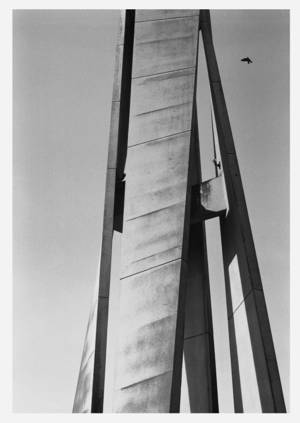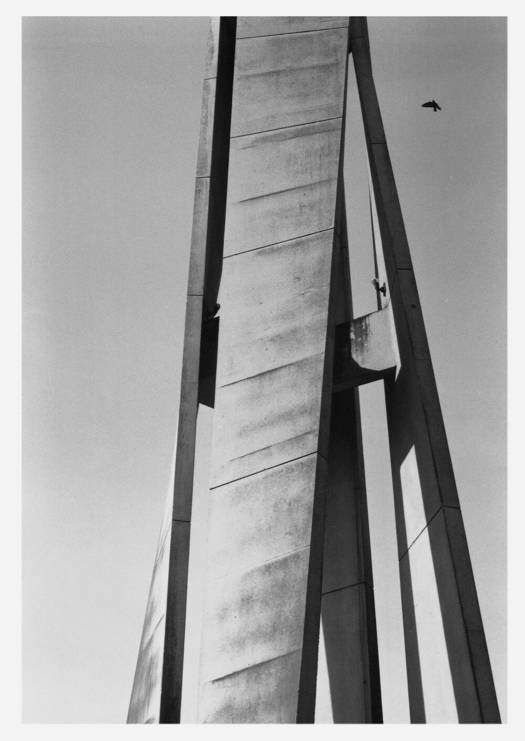
- Afhalen na 1 uur in een winkel met voorraad
- Gratis thuislevering in België vanaf € 30
- Ruim aanbod met 7 miljoen producten
- Afhalen na 1 uur in een winkel met voorraad
- Gratis thuislevering in België vanaf € 30
- Ruim aanbod met 7 miljoen producten
Zoeken
Omschrijving
The book Labyrinth exhibits a selection of extraordinary photographs by Tim Onderbeke (°1983) of architecture by Alfons Hoppenbrouwers, Juliaan Lampens, Paul Felix, Paul Meekels, Jul De Roover, Jan Tanghe, Lode Wouters, René Stapels, Victor Bourgeois and objects and sculptures by Roger Bonduel.
__
I’m very sensitive to the ‘appearance’ of a building in an environment. As I wandered through the Flemish landscape, I was drawn to the aesthetics of these properties and to the host of ever-changing impressions concerning styles, spatial planning, functions and eras.
I’m not an architect. I’m not guided by plans or texts. The architecture allows me to create a new image: the poetry of lines — which is why Le Corbusier’s Poème de l’angle droit is so resonant — , the compositions, the materials that are specific to the building. It enables me to discover architecture as an image, as something layered and complex.
I look at the architecture through the lens of my camera, the architecture exists for me as an image, not as an object or as a character. It is a search for a mental space that withdraws from the power of architecture.
__
I’m very sensitive to the ‘appearance’ of a building in an environment. As I wandered through the Flemish landscape, I was drawn to the aesthetics of these properties and to the host of ever-changing impressions concerning styles, spatial planning, functions and eras.
I’m not an architect. I’m not guided by plans or texts. The architecture allows me to create a new image: the poetry of lines — which is why Le Corbusier’s Poème de l’angle droit is so resonant — , the compositions, the materials that are specific to the building. It enables me to discover architecture as an image, as something layered and complex.
I look at the architecture through the lens of my camera, the architecture exists for me as an image, not as an object or as a character. It is a search for a mental space that withdraws from the power of architecture.
Specificaties
Betrokkenen
- Auteur(s):
- Uitgeverij:
Inhoud
- Aantal bladzijden:
- 142
- Taal:
- Meerdere talen
Eigenschappen
- Productcode (EAN):
- 9789463930857
- Verschijningsdatum:
- 18/10/2019
- Uitvoering:
- Paperback
- Afmetingen:
- 197 mm x 276 mm
- Gewicht:
- 856 g

Alleen bij Standaard Boekhandel
+ 78 punten op je klantenkaart van Standaard Boekhandel
Beoordelingen
We publiceren alleen reviews die voldoen aan de voorwaarden voor reviews. Bekijk onze voorwaarden voor reviews.











